Do You Have to Warm Up Formula?
39 hours of research 3 minute read

Feeding a baby is one of the most critical aspects of early parenting, and there are numerous questions and concerns that arise, especially for new parents. One common question is whether or not baby formula needs to be warmed before feeding. This seemingly simple query can stir up a variety of opinions and advice from different sources. In this blog, we’ll explore the reasons behind warming formula, the potential benefits and drawbacks, and the best practices to ensure your baby’s feeding experience is as safe and pleasant as possible.
Understanding the Basics
Formula Feeding 101

It's critical to grasp the definition of baby formula before getting into the finer points of warming it. Formula is a prepared meal intended for consumption by newborns and young children under the age of one year. To guarantee that it satisfies the nutritional requirements of developing infants, it is typically made from soy or cow's milk products that have been fortified with vitamins and minerals.
Why Consider Warming Formula?
There are a few primary reasons parents might choose to warm baby formula:
- Mimicking Breast Milk: Breast milk is naturally at body temperature (around 98.6°F or 37°C). Warming formula can make the feeding experience more similar to breastfeeding, which can be comforting for the baby.
- Comfort and Preference: Some babies simply prefer their milk warm. Just as adults have preferences for hot or cold beverages, babies can have their own likes and dislikes when it comes to the temperature of their milk.
- Digestion: Warm liquids might be easier for some babies to digest. This is more anecdotal than scientifically proven, but some parents report that their babies seem to have fewer issues with gas and colic when fed warm formula.
The Case for Warming Formula
Mimicking the Natural Feeding Experience

Right out of the breast, breast milk is at body temperature. A feeding experience that is similar to nursing can be achieved by warming the formula, which may help the infant feel more at ease. Because it offers a soothing and familiar feeling, this might be very helpful for newborns who are switching from breastfeeding to formula fed.
Baby's Preference and Comfort
Just as adults enjoy certain temperatures for their drinks, babies too can have preferences. Some babies may reject cold formula or even room temperature formula, making warming it up a simple solution to encourage feeding. A warm bottle can also be more comforting, especially in colder weather, and might help a baby settle more easily during feedings.
Potential Digestive Benefits
Although not universally proven, some parents and pediatricians suggest that warm formula can be easier for babies to digest. Warmth can help relax the stomach muscles and promote better digestion, potentially reducing issues like gas, colic, and fussiness.
The Case Against Warming Formula
Safety Concerns
Warming formulas can pose certain risks if not done correctly. The primary concern is uneven heating, which can create hot spots that might burn a baby’s mouth and throat. This is particularly an issue when using a microwave to warm bottles, as microwaves heat unevenly.
Convenience
Feeding a baby often requires quick preparation, especially during nighttime feedings. Warming formula adds an extra step to the process, which can be inconvenient for tired parents or caregivers who need to quickly soothe a hungry baby.
Preference is Not Universal
While some babies prefer warm formula, others are perfectly content with room temperature or even cold formula. Warming is not always necessary, and some babies might actually refuse warm milk.
Best Practices for Warming Formula
If you decide that warming formula is the right choice for your baby, there are several methods to do so safely and effectively.
Hot Water Bath Method
One of the best and safest methods for warming a bottle is the hot water bath approach. Here’s how to do it:
- Fill a Bowl with Hot Water: Pour hot (not boiling) water into a bowl or other container.
- Place the Bottle in the Bowl: To prevent water from leaking into the formula, place the bottle in the bowl and submerge it in the hot water, making sure the water level is below the top of the bottle.
- Wait and Shake: Give the bottle a few minutes to steep in the hot water before shaking it. To make sure the bottle heats evenly, shake or swirl it occasionally.
- Test the temperature: Before feeding, use the inside of your wrist to feel the temperature by shaking a few drops of formula. Warm but not hot is how it should feel.
Bottle Warmers

Bottle warmers are specialized appliances that raise the temperature of bottles to a steady, secure level. For parents who frequently reheat bottles, they can be a practical choice. The majority of bottle warmers heat evenly to prevent hot areas and have settings for various bottle types and sizes.
Warm Running Water
Another method is to hold the bottle under warm running water. This method requires constant supervision to ensure the bottle does not overheat and the water temperature remains consistent. Shake the bottle occasionally to ensure even heating.
Avoid the Microwave
It is generally not recommended to reheat formula in a microwave because of the possibility of uneven heating and hot areas. Even with this precaution, using a microwave to heat a bottle is not the safest approach; still, it is imperative to shake the bottle vigorously after heating.
Do You Really Need to Warm Formula?
Ultimately, whether or not to warm formula is a personal choice that depends on your baby’s preferences and your own routine. Here are some points to consider:
Observation and Experimentation
Pay attention to how your baby responds to formula at different temperatures. You might find that your baby has a strong preference, or you might discover that they are not particular about the temperature at all.
Consult with Your Pediatrician
If you have concerns about digestion or feeding preferences, discussing them with your pediatrician can provide valuable insights. Your pediatrician can offer personalized advice based on your baby’s health and needs.
Flexibility
Being flexible can make feeding easier. Some parents choose to offer warm formula at certain times (like before bed) and room temperature formula at other times. This can also help your baby adapt to different feeding situations, making travel and on-the-go feedings less challenging.
Warming Up Baby Formula
The decision to warm baby formula depends largely on your baby’s preferences and your family’s routine. While there are potential benefits to warming formula, such as mimicking the natural temperature of breast milk and potentially aiding digestion, it is not a necessity for all babies. Ensuring safe warming practices is crucial to avoid any risks associated with hot spots or overheating.
Observing your baby’s reactions and consulting with your pediatrician can help you determine the best approach for your family. Whether you choose to warm your baby’s formula or serve it at room temperature, the most important thing is that your baby is fed, happy, and healthy.
Top Baby Formulas Parents Choose for Warming Up
Organic Life Start is committed to providing accurate, reliable, and trustworthy information to parents and caregivers. We carefully choose credible sources and follow a meticulous fact-checking process to uphold the highest standards in infant nutrition and parenting advice. To learn more about our dedication to accuracy, please explore our editorial guidelines.
Link To Sources


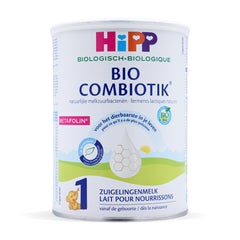

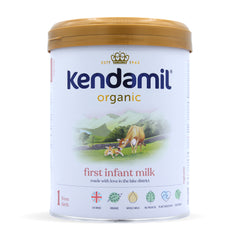
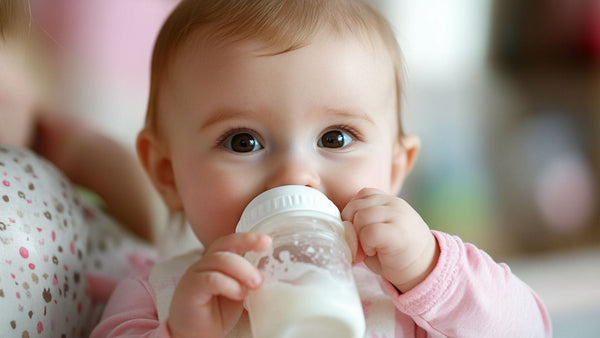
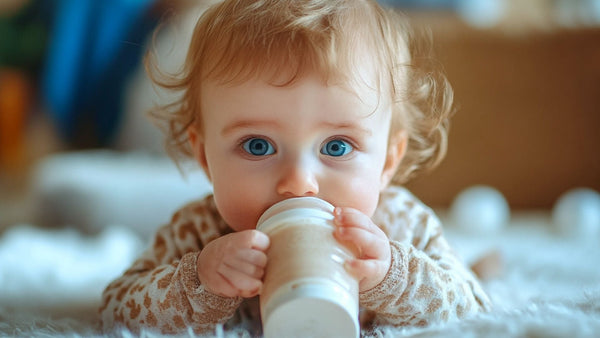

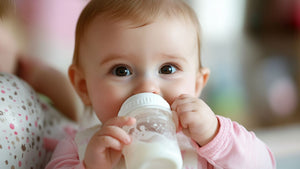


Cole Pauley -
Could you go into more detail about the safe warming methods you recommend, like how long to warm a bottle in a hot water bath versus using running warm water, and how to check the temperature properly before feeding? I’d love a clearer step‑by‑step so I know I’m doing it correctly and safely for my baby.
Milena Carnes -
December 04, 2025
You really don’t have to warm up formula unless your baby prefers it, and a lot of little ones eventually get used to room-temperature bottles. What matters most is keeping the temperature consistent so their tummy isn’t surprised by big changes from one feeding to the next. I used to warm every single bottle at first, but once I tried offering it slightly cooler during a busy afternoon, my baby took it without any fuss. That small shift made traveling and nighttime feeds so much easier. Some babies do find warm formula more soothing, especially in the early weeks, but it’s really about comfort rather than nutrition. It’s nice to know that parents can choose whatever temperature fits their routine without affecting the formula’s quality.
Zaylee Waldrop -
November 13, 2025
I always warm up my baby’s formula before every feed to make it more soothing and comfortable to drink. It helps mimic the natural warmth of breast milk, making feeding time more relaxing and enjoyable for my little one.